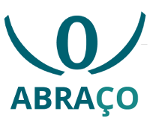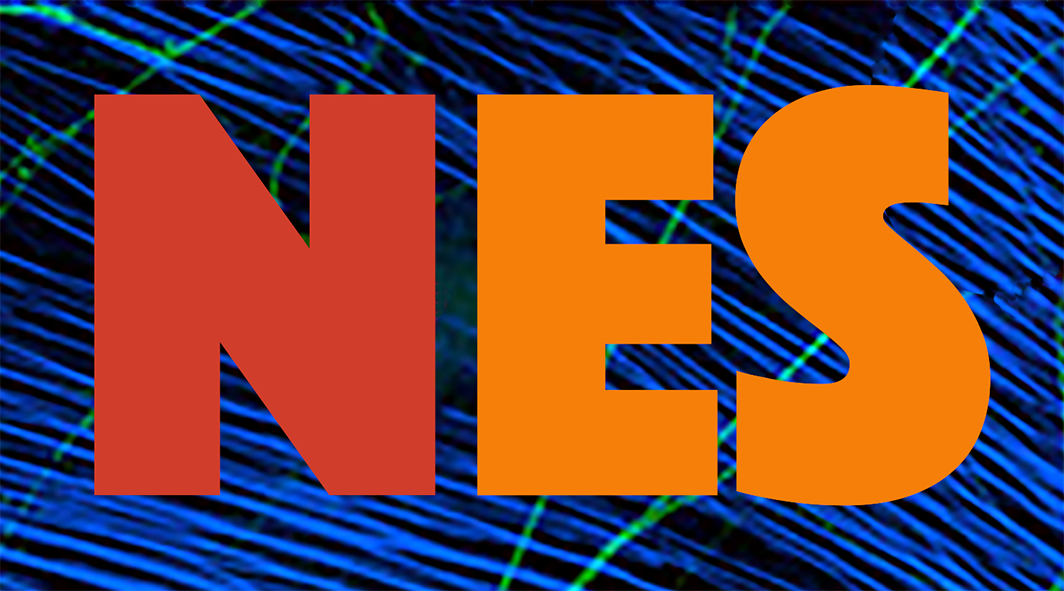
NeuroMat's report of activities: research, technology transfer and dissemination
Jul 03, 2017
Stochastic models for biological neural networks. “Statiscian brain” conjecture. High-performance computing. Open-source, free softwares. New directions for early diagnosis of Parkinson’s Disease. Brachial-plexus-injury initiative. Wikipedia. The Research, Innovation and Dissemination Center for Neuromathematics (RIDC NeuroMat) has released the report of activities for 2015-2017, to be assessed by the São Paulo Research Foundation (FAPESP) international evaluation committee. The report lists major achievements in the three main areas of NeuroMat —research, technology transfer, dissemination— as well as general information on the RIDC team, publication metrics and funding support.
Since its inception, in 2013, NeuroMat has led to 180 publications, which have been cited 613 times. Citations have grown exponentially: in 2014, they were 50; one year later, 122; then, in 2016, 264. So far, NeuroMat publications were cited 158 times in 2017.
The report is available on the section on reports at the NeuroMat website, here. The public release goes in accordance to the RIDC’s strategy to provide meaningful resources for broader audiences to make sense of processes and results of its work.
Research
Emphasis on research activities in FAPESP’s report was given to the development of a new stochastic model for biological neural networks, resting upon systems with interacting stochastic chains with memory of variable length. This specific work has brought together research team around the world.
Technology transfer
The report on technology transfer has highlighted two main areas of activity: Neuro-Rehabilitation and Diagnosis, and Computational Tools. NeuroMat’s initiatives on Parkinson’s Disease (PD) and the Traumatic Brachial Plexus Injury (TBPI), respectively AMPARO and ABRAÇO, were included in the former area. In the work around AMPARO, the ongoing project for a tool for early PD diagnosis and the onset of a collaborative network for PD clinical guidelines were emphasized. The general research area for assessing plasticity associated to TBPI was listed as a breakthrough in the report of activities. In the area of Computational Tools, the development of the Goalkeeper Game —a game that may allow for efficient diagnosis of neurological conditions— and softwares associated to NeuroMat’s Open Database were pinpointed.
Dissemination
The NeuroMat Wikipedia initiative was the major highlight of the report of activities, as this project has been able to reach millions of viewers per month. Activities unfold in contributing with texts and with images to this collaborative encyclopedia, particularly in the version in Portuguese, with content pertaining to Neuromathematics. Education and communication projects were also highlighted, including a promising work with the development of a new course associating Mathematics and Neurobiology for highschoolers and their teachers.
International Advisory Board assessments
Differently from other reports, this time the document of activities brings assessments from members of NeuroMat's international advisory board, which have been produced in several periods. Neurobiologist Leonardo Cohen’s statement was produced in February, 2014 and published at the first NeuroMat newsletter. This foundational statement, as Cohen was assessing the initial stages of the RIDC, highlighted challenges ahead of the team that was gathering to work around Neuromathematics: researchers were coming from different backgrounds and it would be key to sustain educational activities so that these researchers could interact and educate each other about their field; and scientific breakthroughs would most likely come from renewed research planning, with a virtuous cycle involving “the interaction between biological data and complex analysis or modeling.”
Mathematician David Brillinger emphasized on a statement produced in June, 2015 the array of activities that NeuroMat has engaged with. “NeuroMat is a gem and unlike any other center bringing high level mathematical focus on the neurosciences. I mention: topical videos, slide shows, articles, url’s, lists of past and future events, discussions, software sources, courses, workshops, educational functionality, publications, data, hardware, software, wetware, streaming, collaborations, suggestions and more.”
Mathematician Charles Newman wrote an official report addressed to FAPESP in August, 2015 in which he pinpointed research achievements from the RIDC, especially the class of models that was developed in 2013 and extended since then. “A particularly interesting breakthrough in year two of the Center was the development of 'Hidden Context Tree Models.' These generalize the well knownHidden Markov Process Models and they have begun to provide empirical evidence that the brain itself does statistical model selection. This is quite exciting and should be a major topic of study by the Center in coming years.”
This piece is part of NeuroMat's Newsletter #41. Read more here
Share on Twitter Share on Facebook| NeuroCineMat |
|---|
|
Featuring this week: |
| Newsletter |
|---|
|
Stay informed on our latest news! |
| Follow Us on Facebook |
|---|




